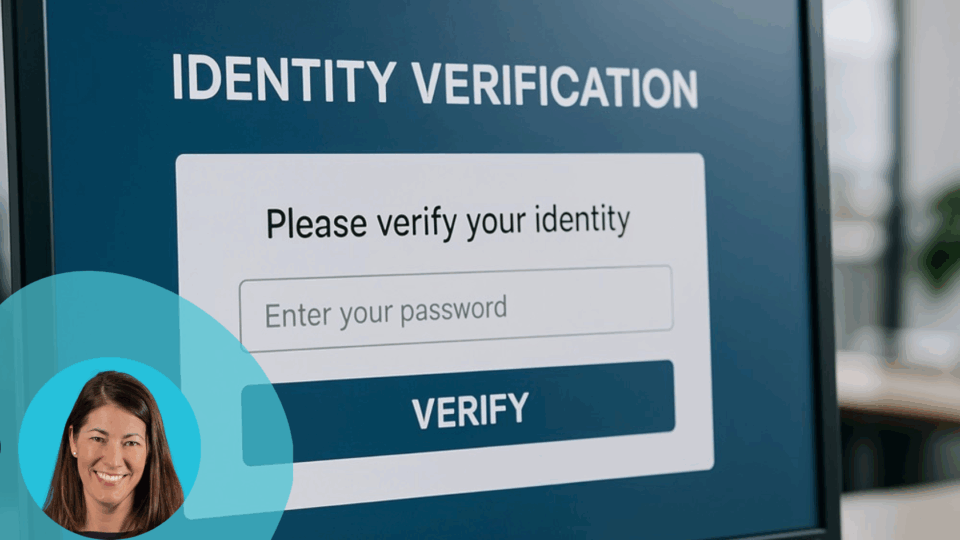Brands are investing more than ever in building direct relationships with their customers. First-party permissioned data is now the foundation of marketing, loyalty, and personalization strategies. But one critical moment often disrupts this connection: identity verification.
At the exact moment when a customer is proving who they are to receive a special offer — whether as a student, military member or senior citizen — many brands send them off-site to a third-party verification platform. This move introduces friction, undermines trust and creates unnecessary risks. Instead of reinforcing the relationship, it interrupts it.
Let’s break down why sending customers off-site for verification is a mistake.
More Drop-Offs, Fewer Verified Customers
Every extra step in a customer journey increases the risk of abandonment. Redirecting users to a third-party site causes friction, confusion and aggravation. Instead of a quick and seamless process, customers must now navigate an unfamiliar interface — often with a different design, branding, or user experience.
Complicated or inconvenient verification processes can lead to huge increases in drop-off rates, turning potential conversions into lost opportunities. That’s real revenue left on the table — not because customers weren’t eligible, but because the process was too frustrating to complete or too unfamiliar to trust.
Trust Takes a Hit
Trust is fragile. A sudden redirect during the verification process can feel jarring — even suspicious. Customers may hesitate, wondering, “Why is this happening? Is this a scam?” In an era of phishing attacks and online fraud, consumers are right to be wary of unexpected detours.
Even if they complete the process, their confidence in your brand may be shaken. Instead of reinforcing loyalty, the verification experience leaves them questioning whether their data is safe and whether they should even proceed with the transaction.
Loss of Control Over the Customer Experience
Every interaction shapes brand perception, and identity verification is no exception. When you hand this process over to an external provider, you surrender control over the design, the messaging and the seamless customer journey. The verification process may not match your brand’s tone, aesthetic or customer service philosophy.
Even worse, external providers may sell your customers’ data to competitors or otherwise use it for their own purposes. And that is the last thing that you — or they — want.
Increased Complexity and Compliance Risks
Moving customer data between environments also creates vulnerabilities. Privacy regulations like GDPR and CCPA place strict requirements on how brands collect, store and transfer data. Every additional touch point adds complexity and increases the chances of non-compliance, data mishandling or potential security gaps.
Increased Security Concerns
Many consumers today are hyper-aware of the threats posed by online fraud, identity theft and data breaches. For that reason, consumers are understandably reluctant to provide sensitive information online. Further, some people might not have certain verification information at the ready (not everyone has memorized their social security number, for example). Identity verification platforms can fill that gap by utilizing real-time verification, trusted and authoritative data sources, multi-layered adaptive verification and more by asking for basic information.
Keep it Direct, Keep it Seamless
Brands are working hard to build direct, trusted relationships with customers. Every interaction is an opportunity to reinforce that trust, making consistency and control over the experience essential. Off-site verification disrupts that effort. It introduces friction, weakens trust and creates unnecessary compliance and security risks.
The real promise of first-party permissioned data isn’t just collecting it — it’s ensuring that it flows smoothly through a transparent, opt-in relationship. Keeping verification in-brand ensures that customers stay engaged, data remains secure and your brand retains complete control over the consumer experience.
Your customer relationships are too valuable to take outside of your brand’s environment. Keep them direct. Keep them seamless. And build lifetime loyalty from their very first interaction with you.
Stephanie Copeland Weber is the CEO of SheerID, a leading provider for engaging and verifying high-value audiences. Over the past 25 years, she has developed deep expertise in growing and scaling the teams and operations of dynamic, high-growth, SaaS and tech-enabled services businesses.




